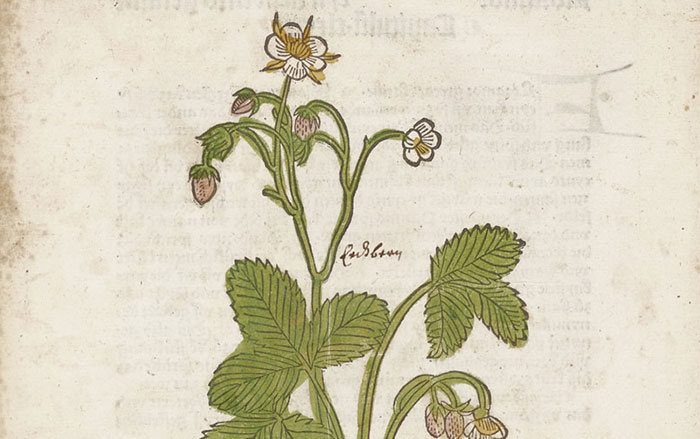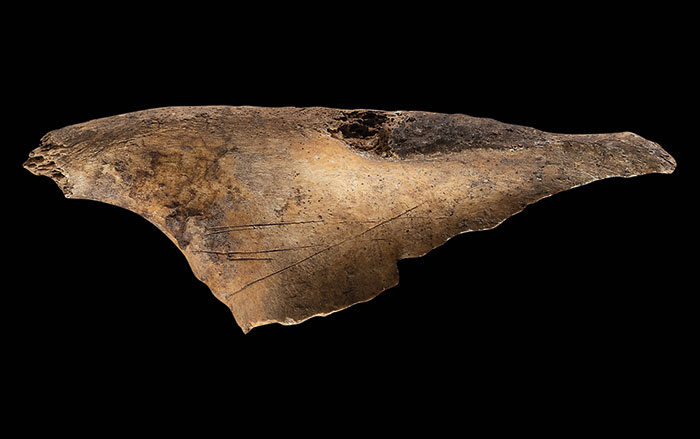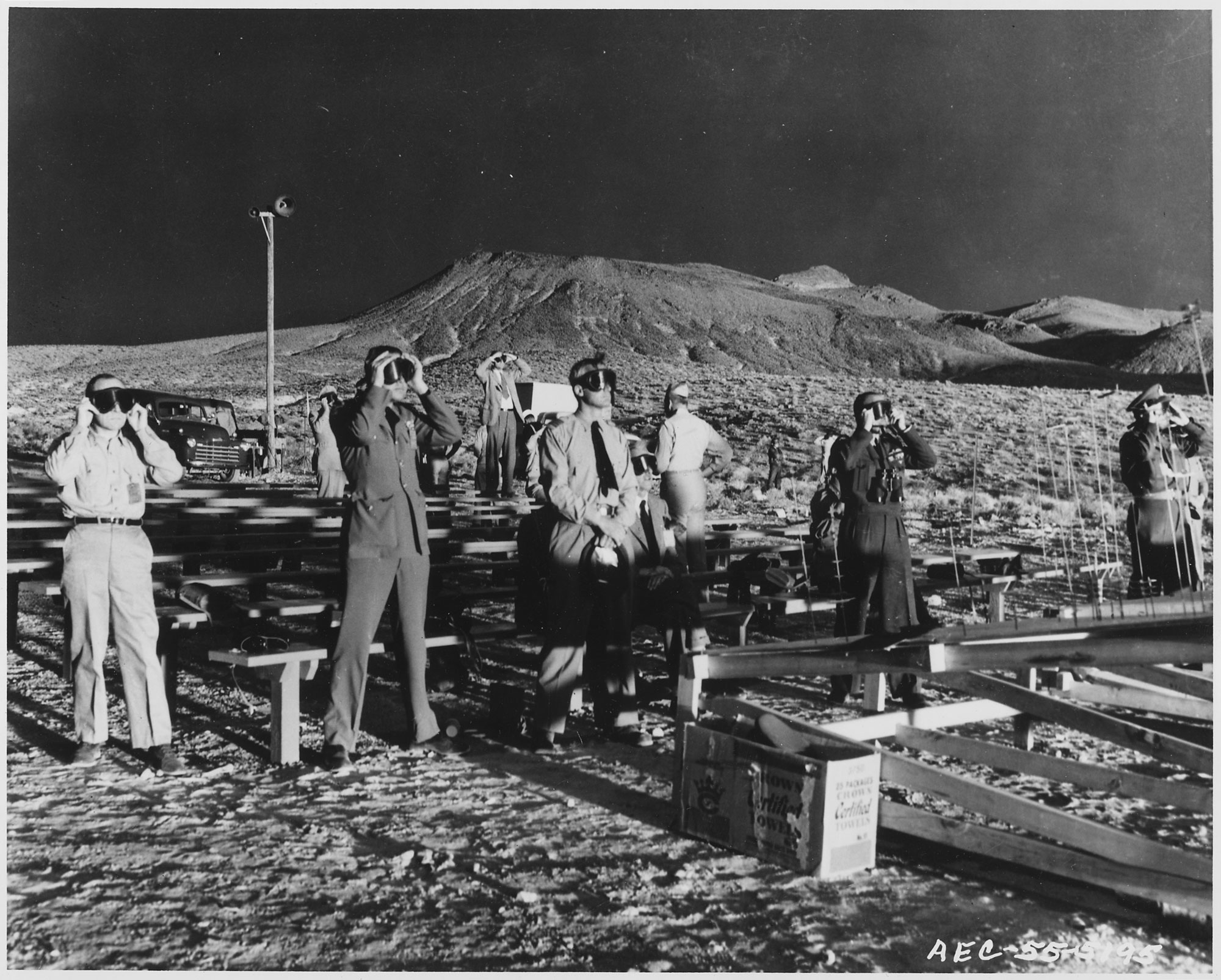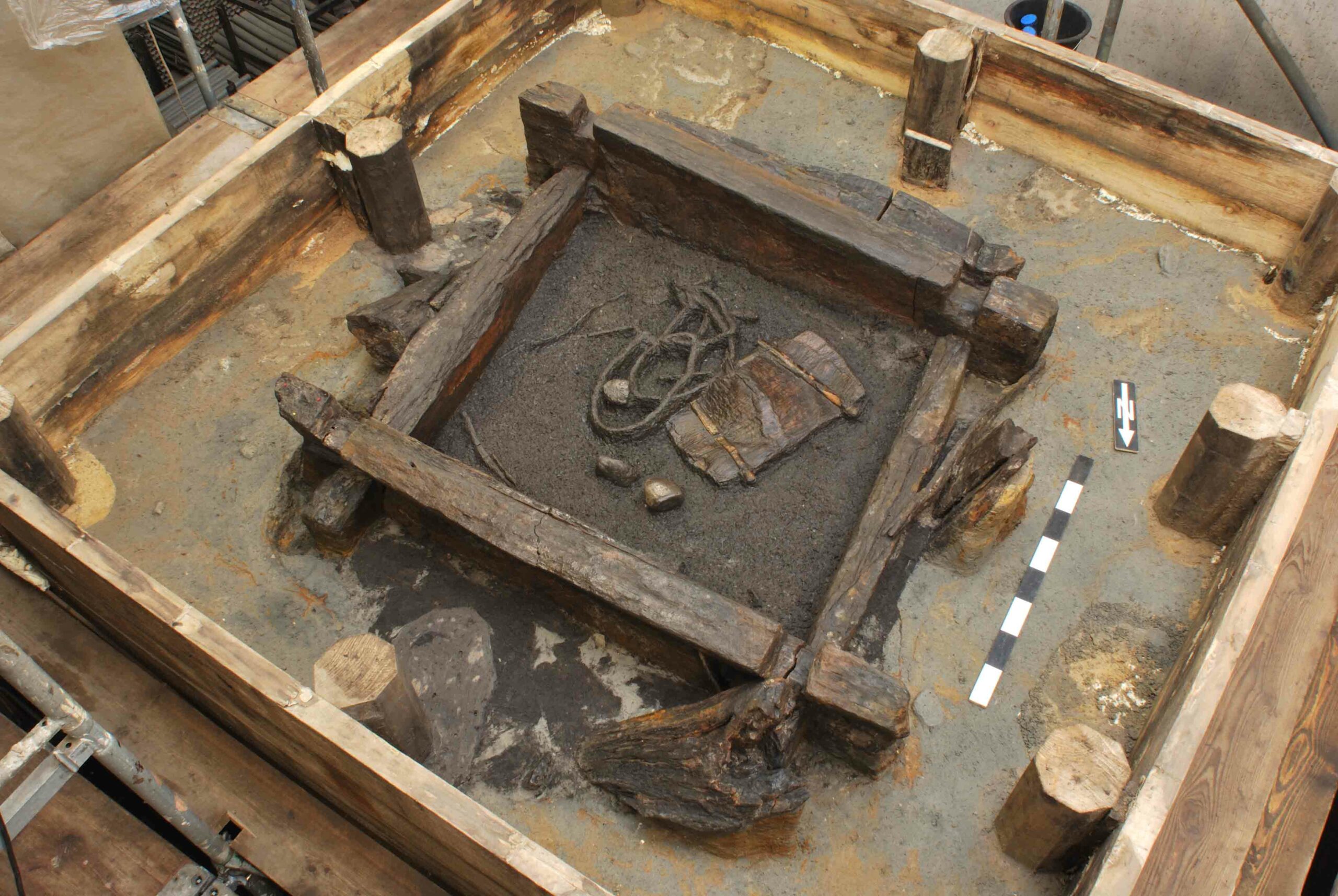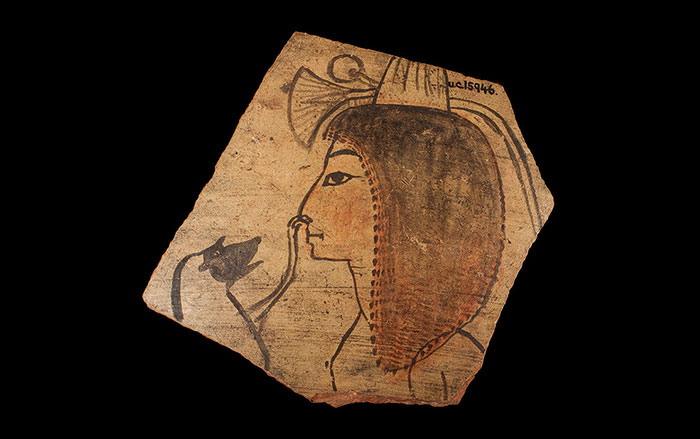
TURIN, ITALY—The ruins of a Roman fort in England have been analyzed by Amelia Carolina Sparavigna of the Polytechnic University of Turin. One of the strongholds built by Emperor Hadrian to guard the Roman frontier, the fort sits near Hardknott Pass and offers a view of the Eskdale Valley. Live Science reports that Sparavigna used online software and satellite imagery to calculate the angles at which the solstice sun rises and sets at the fort. She found that during the summer solstice, the sun would rise in rough alignment with the fort’s northeastern and southwestern gates, and set in alignment with its northwestern and southeastern gates. During the winter solstice, the sun would rise in line with the fort’s southeastern and northwestern gates, and set in line with its southwestern and northeastern gates. “Moreover, the four towers of the garrison seem aligned to cardinal directions,” Sparavigna wrote in the journal Philica. To read about the unusual culture that emerged in the north of Roman Britain, see "Artifact: Romano-British Brooch."


